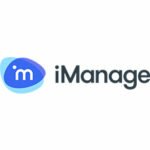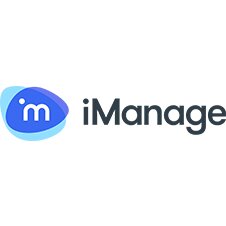Industry analysis from iManage: Software regeneration
This article was also featured as an industry case study in the May 2016 issue of Briefing. To read the issue in full, download Briefing.
This spring, it’s more than just the weather bringing winds of change. It seems that a whole set of market forces are coming together to push law firms to take a serious look at how they’re managing information across the firm.
First, as more and more lawyers gain familiarity with technology, the expectations of the practitioners about what legal technology can do, and how it should work, has changed considerably. Firms are scrambling to identify what this new breed of professional wants, including how they want to work and how best to deliver technology that facilitates it.
Meanwhile, the firm itself is transforming in reaction to client pressures and demands for greater agility, non-traditional billing methods, and greater value from their legal relationships, firms are evaluating new technologies and ways to become both more agile and automated. At the same time, as each law firm security breach gets reported in the press, governance and security concerns grow.
And the software market is changing. With the emergence of cloud applications supporting new forms of communication and collaboration, software vendors are innovating and changing their own business models to better suit the demands of both professionals and firms.
The good news is that next-generation software for legal, whether for time and billing, legal project management, e-discovery or document and email management all appear to be taking advantage of several large trends, which bodes well for the future.
What is next generation?
Mobile-first and responsive in design. Today’s user doesn’t want to learn different interfaces on different devices. Next-generation software is available on phones, tablets and the desktop with a consistent interface. The user moves intuitively.
Hybrid cloud ready. The cloud, while a transformative force, is still in its infancy in legal. Firms today are taking advantage of hybrid cloud architectures that enable information to be managed on-premises as well as in the cloud, letting firms use the cloud when advantageous, but remain on-premises when client, regulatory, or other demands require. Lawyers work with large files, and next-generation software provides cloud services that are designed specifically for that.
Smarter. One of the biggest changes with nextgeneration software is how it takes advantage of data, not only explicit data such as metadata but user click streams, past usage patterns, and other ‘big data’ analytics. Software anticipates what the user wants to do, and can present information in the right order. Searches become smarter when next-generation software analyses search patterns or returns relevant information from common collaborators first. Next-generation software gets smarter when it monitors user actions and builds usage patterns to identify security aberrations. It also becomes smarter when it analyses social interactions and builds insights based on patterns that can be used to optimise legal process. It’s smarter in understanding its own health, and reduces cost of ownership by providing proactive alerts before systems fail. All these ‘smarts’ add up to a better and more intuitive user experience, new insights into underlying processes, and enhanced security and governance.
Supportive of firm-wide information governance. Concerns about security and governance of client information is only going to get more important. Next-generation software makes legal work easier, but simultaneously uses automation and analytics to create a governed, secure environment where visibility and stewardship of information can be tracked across all client information and devices. Expect to see more firms lock down and secure client information, requiring software that can support agile collaboration.
The legal market, like all markets, is undergoing rapid transformation at the hands of new technology, user expectations and governance concerns.
Vendors are responding with next-generation software that can deliver a competitive advantage, increased user satisfaction and greater agilit. But as with all transformations, firms need to carefully evaluate the underlying technologies, the ability of vendors to deliver on lofty visions, and the resources each is applying to conquer today’s challenges.



